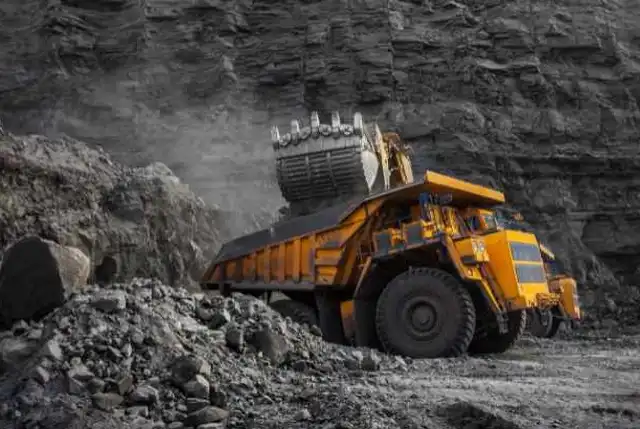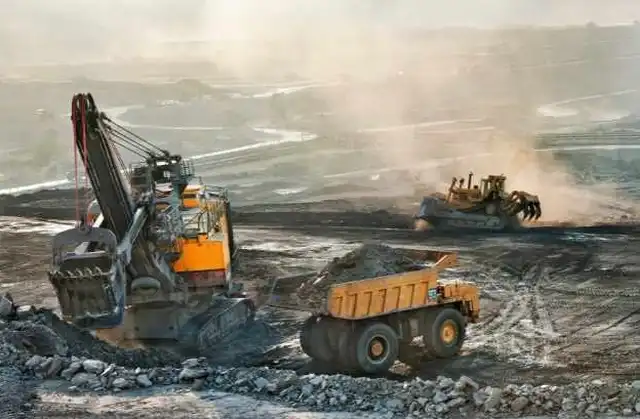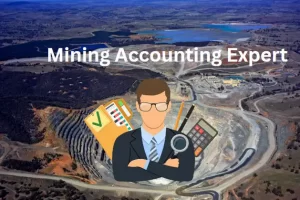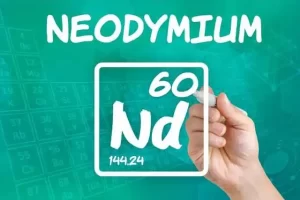Coal mining is one of the world’s oldest, most dangerous, and most polluting occupations. Over the centuries, coal miners have experienced several disasters and triumphs. In this blog, we will explore mining coal: what it is, how it works, the history of coal mining, hazards and health risks involved with this occupation, as well as its prospects.
What is Coal Mining?

Coal mining is the process of extracting coal from the ground. Coal contains a high amount of energy, which is why it has been used for centuries to create light and heat. Coal remains an important part of our economy because it fuels electricity generation and industrial purposes.
Mining coal has caused environmental damage in various ways over the years. For example, mountaintop removal mines use huge amounts of water to wash away debris before blasting coal seams open. This process often destroys rivers and lakes, creates toxic waste ponds that leak into surface waters, and damages nearby communities. Additionally, black carbon emissions from coal mines have contributed to global climate change.
Types of coal mines
Coal mining has a long and complicated history, with disasters and triumphs both commonplace. Here are three types of coal mines:
- Open-pit mines are the most common type of coal mine, as they’re relatively easy to operate and can be expanded rapidly. They involve removing the topsoil, rock, and other materials from an area before mining begins. This exposes the coal seams below, which are extracted using various methods.
- Subsurface tunnels: Subsurface tunnels are used in areas where open-pit mining isn’t feasible or desirable for some reason. The miners descend into the earth using elevators to access the coal seams beneath the surface. These tunnels can be very deep – up to several miles underground – so they require extensive planning and engineering to avoid cave-ins or other accidents.
- Injection/extraction techniques: Injection/extraction techniques involve injecting water, steam, or chemical agents into the ground at high pressure to break down hard rocks containing coal veins before extracting them via trucks or shovels. This process is often used in difficult terrain or near water sources because it’s less environmentally damaging than other forms of mining.
How Coal Mining Works
It is first important to know how it works to understand the health and safety hazards associated with mining coal. Coal is originally buried under the earth’s surface in seams that vary in thickness from a few inches to several hundred feet. Over time, the coal slowly transforms into rock through slow heating and compression.
Mining operations typically involve two steps: exploring new coal deposits and extracting the coal from these deposits. The exploration process involves drilling deep into the earth, looking for pockets of gas or oil that may have been missed during previous mine surveys.
Exploration also includes using heavy equipment such as bulldozers, excavators, drag-lines, and wheel loaders to remove overburden (the topsoil), sub-surface particles (size greater than 2 mm), and water; this exposes mined-out zones or hills where miners will then start their extraction operation.
The second extraction step involves removing all machinery debris left behind while leaving enough room so that future development cannot infringe upon underlying mineshafts.
Coal has been an essential part of human civilization since antiquity despite its dangers. In fact, without it, there would be no modern economy. Although environmental concerns are now driving more people away from using fossil fuels like coal, those who still rely on them must remember that disasters await anyone brave enough to explore for it beneath our feet.
The History of Coal Mining
Mining coal has a long and complicated history, full of both disaster and triumph. Over the years, coal miners have faced many dangers, including poor working conditions, dangerous equipment, black lung disease, and more. Despite these challenges, coal mining remains an important part of our economy.
The coal industry is in a precarious position. Coal prices have been falling for several years due to increased competition from other energy sources like renewables and natural gas. This means fewer companies can fund large-scale mine expansions or mount new marketing campaigns to attract new customers.
However, despite this uncertain environment, the mining coal sector still employs over 260 thousand people across America. And while it may not be profitable today, there’s no doubt that this industry will return to prominence in the future.
Read Also: The 6 Most Efficient Process of Mining Lithium And Why It’s Important for Mining
Coal Mining Hazards and Health Risks
Mining coal has been a hazardous process for centuries. Miners are at risk for numerous health risks, including black lung disease, severe mine injuries, and even fatalities from explosions or cave-ins. The U.S. Department of Labor reports that coal miners are two times more likely to die on the job than any other profession in America.
Coal mines are notorious for causing environmental disasters: Between 2005 and 2010, there were 165 serious coal mine accidents in China, resulting in 1,767 deaths and 5 million people displaced due to injury or loss of homes.
The video below summarizes some of the most notable coal mining disasters.
The Future of Coal Mining

Mining coal has been a disaster and triumph for many companies. However, the future of mining coal looks bright. Here’s why:
1. The use of automation is changing how coal is mined and extracted from the earth
2. Environmental concerns are pushing more companies to switch to renewable energy sources like solar and wind
3. Rising costs of other fossil fuels mean that coal is becoming increasingly competitive as an energy source
4. Increasing demand from China and other emerging markets means that coal will continue to be in high demand for some time to come
Conclusion
Mining coal is an industry that has seen both triumph and disaster over the years. Through this blog, we hope to have provided you with a better understanding of coal mining, how it works, and some of the health risks associated with this dangerous job. We also highlighted some of the histories behind coal mining and hinted at its prospects. Stay safe out there!


